Ideological Conflict and Global Tensions The Cold War, spanning nearly five decades from the end of World War II in 1945 to the dissolution of the Soviet Union in 1991, was a period of intense rivalry between the United States and the Soviet Union. Unlike conventional wars, this conflict was characterized by ideological opposition, political maneuvering, and indirect confrontations. It was fought on multiple fronts: militarily, economically, technologically, and culturally. The Cold War’s impact was global, shaping nations, societies, and geopolitics in ways that continue to resonate today.
Roots of the Cold War
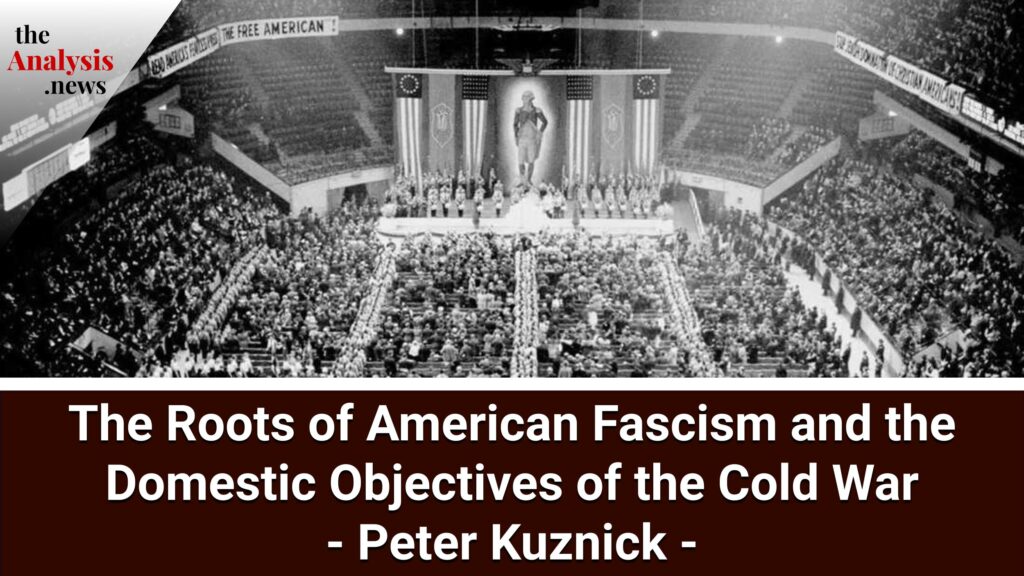
Post-War Divergences
At the close of World War II, the Allied powers emerged victorious, but their unity dissolved almost immediately.
Western Democracies:
Led by the United States, Western nations sought to rebuild Europe through democratic governance and capitalist economies.
The Soviet Bloc
The USSR, under Joseph Stalin, aimed to establish communist regimes in Eastern Europe as a buffer zone against potential Western aggression.
Economic and Political Ideologies
The Marshall Plan symbolized Western commitment to rebuilding war-torn Europe with capitalist investment.
Conversely, the Soviet Union imposed central planning and collectivization, which solidified communist control in its sphere of influence.
The Division of Germany
Germany became a microcosm of Cold War tensions. Its division into East (Soviet-controlled) and West (U.S., British, and French-controlled) set the stage for decades of discord.
The Berlin Blockade (1948–1949) and subsequent airlift showcased the physical and ideological divide.
Berlin remained a hotspot for Cold War confrontation until the wall’s fall in 1989.
The Global Stage: Key Features of the Cold War
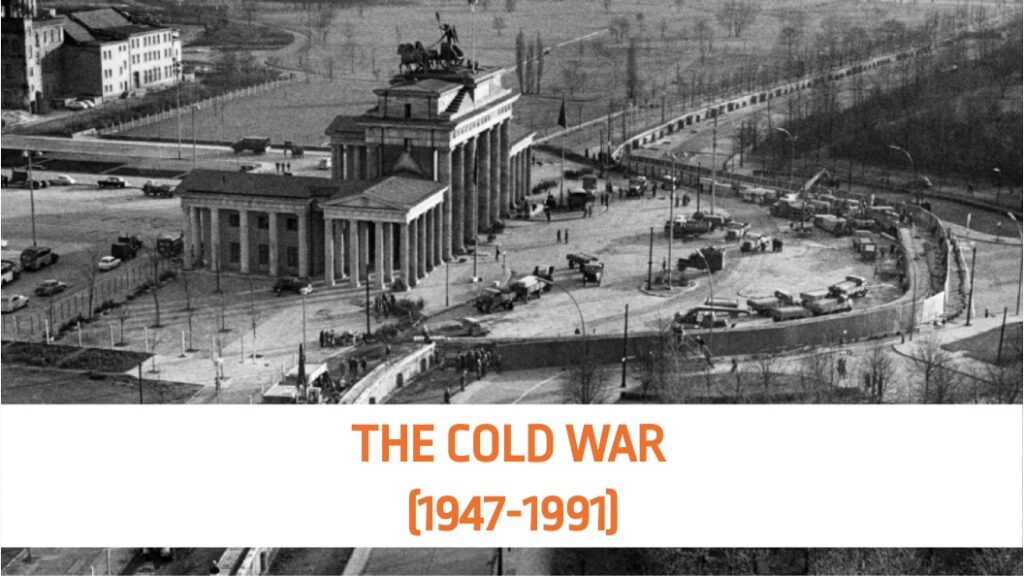
The Cold War’s most defining characteristics included its multi-dimensional conflicts, which influenced virtually every aspect of global life.
Proxy Wars and Geopolitical Rivalry
Direct warfare between the superpowers was avoided due to the risks of nuclear escalation. Instead, conflicts were fought indirectly:
Korean War (1950-1953):
A divided Korea became the first significant battleground, solidifying the U.S. policy of containment.
Vietnam War (1955-1975):
The U.S. and Soviet Union supported opposing factions in a brutal and costly conflict that symbolized Cold War polarization.
Middle East Rivalries:
The U.S. Supported Israel and conservative regimes, while the USSR backed Arab nationalist movements.
The Arms Race and Nuclear Brinkmanship
Both sides amassed vast arsenals of nuclear weapons, leading to the doctrine of Mutually Assured Destruction (MAD).
Events like the Cuban Missile Crisis (1962) exemplified the dangers of brinkmanship, where miscalculations could have led to global catastrophe.
The Space Race
The competition extended into space exploration:
The Soviet Union’s Sputnik (1957) launched the first artificial satellite, shocking the world.
The U.S. responded with the Apollo program, culminating in the moon landing of 1969.
This rivalry accelerated technological advancements in both civilian and military sectors.
Cultural and Propaganda Battles
The Cold War permeated cultural and social life, with each side portraying itself as the defender of freedom or equality.
The United States promoted the American Dream through media and cultural exports.
The USSR highlighted achievements in science and equality, especially for women and workers.
Regional Impacts of the Cold War
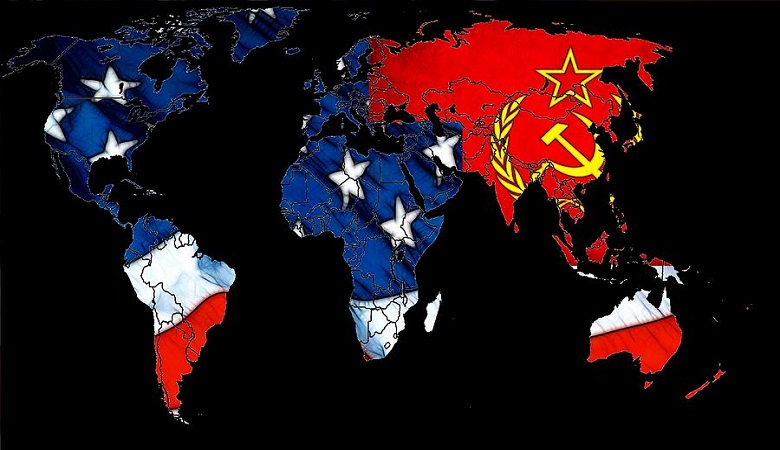
The Cold War’s effects were not limited to Europe and the United States but extended across the globe, influencing the development of numerous regions.
Decolonization and the Cold War
As African and Asian nations gained independence, they became arenas for Cold War competition.
The U.S. often supported anti-communist but authoritarian regimes, while the USSR backed revolutionary movements.
Latin America
The Cuban Revolution (1959) turned Cuba into a communist state aligned with the USSR, leading to the Bay of Pigs invasion (1961) and the Cuban missile crisis.
U.S. interventions in Chile, Nicaragua, and Guatemala were aimed at preventing communist influences.
Middle East Tensions
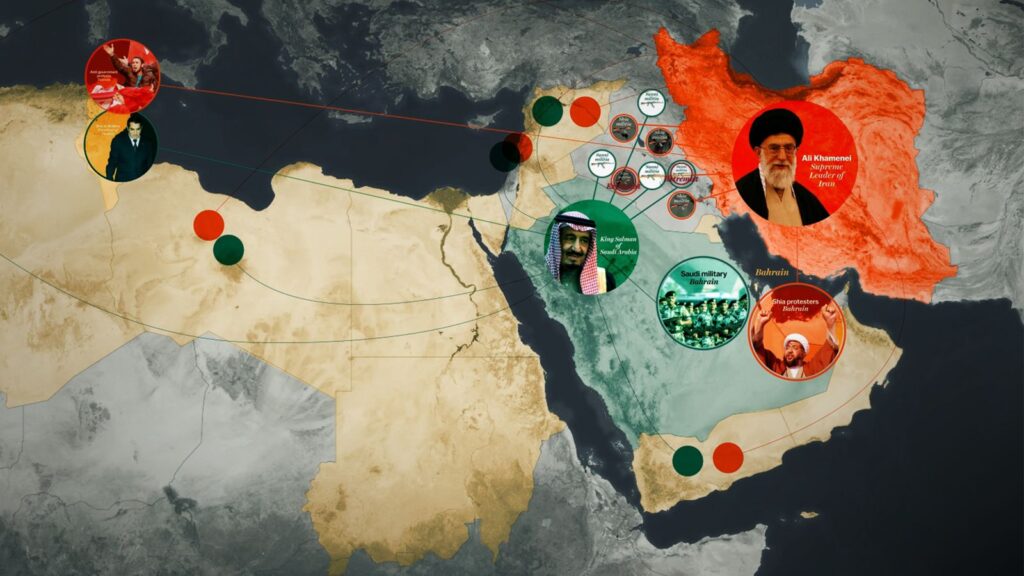
The Cold War deepened divisions in the Middle East, with the U.S. backing regimes like Iran’s Shah and the Soviets supporting nations like Egypt and Syria.
The Soviet-Afghan War (1979-1989) drained Soviet resources and contributed to its eventual collapse.
Internal Effects in the United States and the USSR
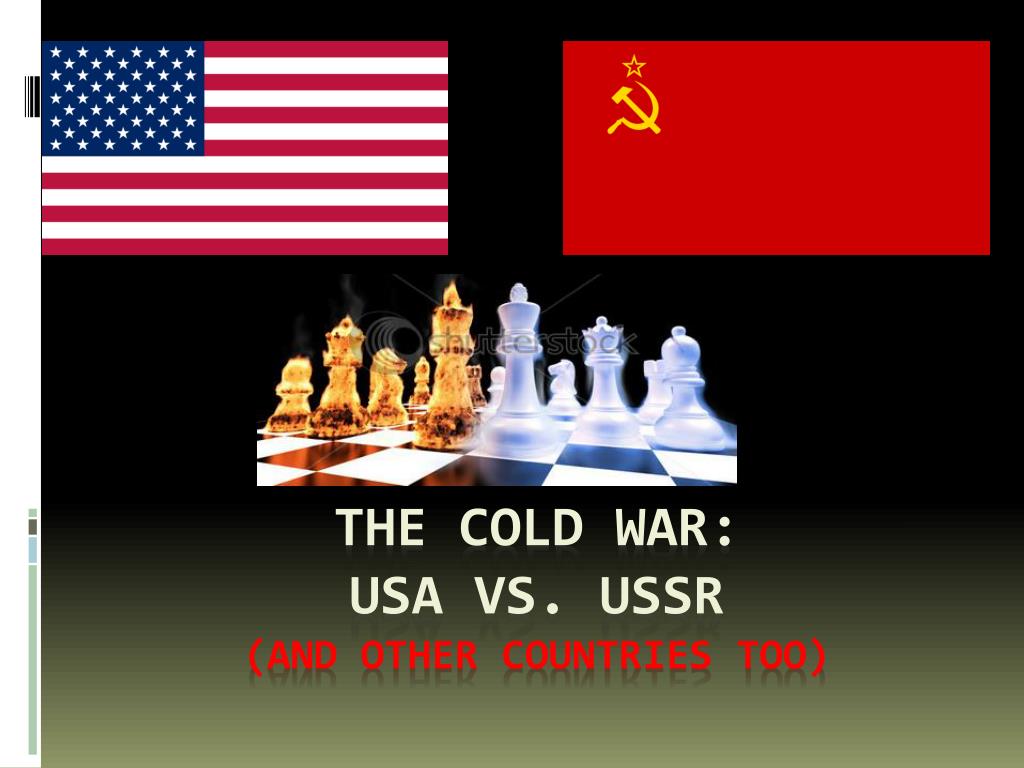
United States
McCarthyism (1950s):
Fear of communism led to widespread paranoia, with accusations of disloyalty targeting government officials, artists, and intellectuals.
Civil Rights Movement:
Cold War rhetoric about freedom and democracy pressured the U.S. to address racial inequalities, leading to significant reforms.
Soviet Union
The USSR’s focus on heavy industry and military spending often came at the expense of consumer goods and quality of life.
Political repression under leaders like Stalin and Brezhnev stifled dissent, though movements for reform gained traction in the 1980s.
Détente and the Decline of the Cold War

Détente and Arms Control
The 1970s saw a temporary thaw in relations, marked by arms control agreements like SALT I and increased trade.
However, tensions reignited in the 1980s with U.S. President Reagan’s hard line stance and the deployment of intermediate-range nuclear missiles in Europe.
Gorbachev’s Reforms
Glasnost (Openness):
Allowed greater political freedom and transparency in the Soviet Union.
Perestroika (Restructuring):
It aimed to modernize the Soviet economy, but led to greater instability.
Collapse of the Soviet Bloc
Democratic revolutions swept through Eastern Europe in the late 1980s, dismantling communist regimes.
The fall of the Berlin Wall (1989) symbolized the end of Soviet dominance in Europe.
In 1991, the Soviet Union itself dissolved, marking the official end of the Cold War.
Legacy of the Cold War
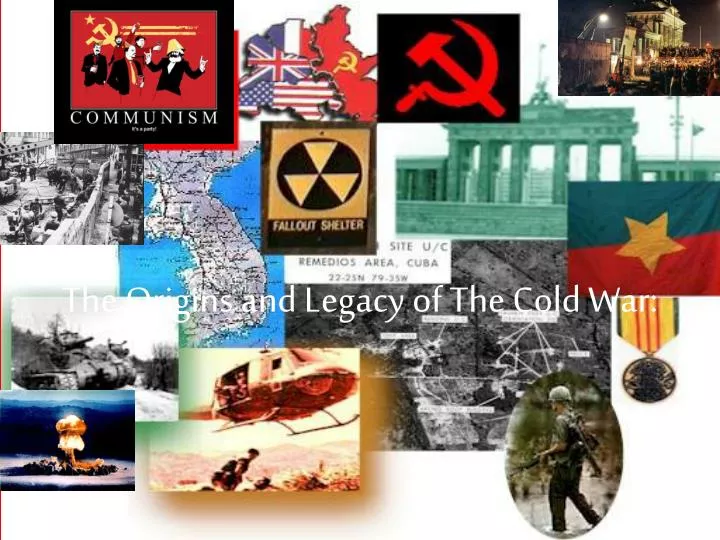
The Cold War’s impact persists in multiple domains:
Geopolitics:
The NATO alliance remains a central force in global security, while Russia and China have emerged as new rivals to Western dominance.
Military Doctrine:
Nuclear deterrence and non-proliferation remain critical issues.
Technology:
Innovations in computing, aerospace, and communication, initially driven by Cold War competition, continue to shape the modern world.
Global Divisions:
Many conflicts and alliances today can be traced back to Cold War-era policies and divisions.
Conclusion
The Cold War was a trans formative period that reshaped the world order, pitting two superpowers against each other in a battle of ideologies and influence. While it avoided direct military confrontation, its proxy wars and nuclear brinkmanship left a profound mark on history. The Cold War also spurred remarkable technological and cultural developments, but its legacy includes enduring geopolitical tensions and unresolved conflicts. As a defining chapter of the 20th century, the Cold War continues to offer lessons about the dangers of polarization, the value of diplomacy, and the necessity of cooperation in addressing global challenges.


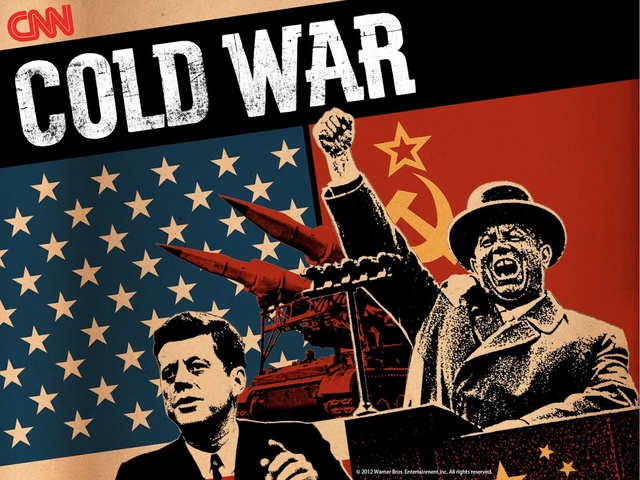
1 thought on “THE COLD WAR: IDEOLOGICAL CONFLICT AND GLOBAL TENSIONS (EXPANDED)”